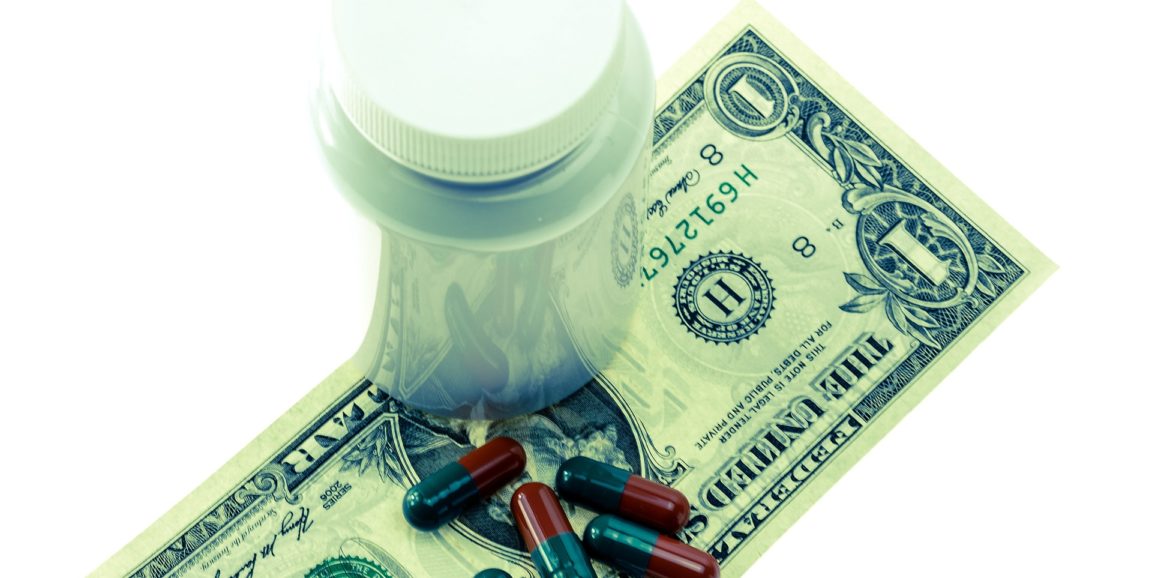Five percent of “high-utilizer” patients in the United States account for more than half of the country’s health spending. While the government, providers and others work to improve quality of care and lower costs for these patients, it can be difficult to demonstrate savings in pilot programs for a number of reasons, such as challenges accessing full claims data or identifying a patient group for comparison.
A recent Stanford-led study examines whether an alternate measure —the Patient Activation Measure— can potentially serve as an early indicator that an effort is moving the needle on health care costs.
I caught up with Ann Lindsay, MD, the lead author, to learn more.
What does this study address?
Our research involved a program that was trying to increase activation for high-risk patients— increase their ability to manage their health. The program used the Patient Activation Measure, a simple survey that helps a provider judge how ready and able someone is to take control of their health care.
The program was successful in that 35 percent of the patients increased their Patient Activation Measure significantly. That in itself is very valuable for patients.
Our study tracked people’s activation levels and their Medicare claims reported by the program over a period of six months. The results showed a clear correlation between the two: when the activation measure went up, total cost of care went down.
How does the Patient Activation Measure work?
It includes several statements, such as 'I’m the person responsible for managing my health condition' and 'I know what each of my prescribed medications do.' Patients respond on a scale of one to five, whether that applies to them and how confident they are. Then it’s sorted into four levels.
Somebody who is level one is beginning to take steps for effective self-management. At level four, people are pretty confident that they can take care of themselves, even under stresses and challenging times.
During the program, some patients’ activation levels went up or down. How did that happen?
Each patient was assigned a care coordinator who had training in motivational interviewing. They understood how to find out what the patient’s goals were and address those goals first — for example, a goal might be to get to a family reunion on the East Coast. So, they listened, built trust, and tailored an action plan with the patient that was achievable and specific — and with that motivation, support and hope, patients can become more engaged.
Patient activation levels also can go down; for example, if you get a diagnosis of a new health condition and you don’t understand what’s going on, or if something else is going on in your life and maintaining your health loses on the priority scale.
What did your study show about the relationship between patient activation and health costs?
In our study, if a patient’s PAM level increased one level, that was associated with 8 percent lower costs. For folks who improved two PAM levels, there was a 15 percent reduction in cost. When the PAM declined, the cost rose 9 percent for each level.
In dollars, the average health care cost for people who remained at PAM level one was $12,700 a year, compared to $9,500 for people at PAM level 4. So, it’s significant. It can add up.
Controlling for demographics, prior studies have shown that less activated patients are more likely to be hospitalized and use the emergency room, and those are big cost drivers in health care. These patients are less knowledgeable about their conditions. They’re less adherent to treatment, and less able to communicate their concerns to providers. They may not recognize serious symptoms or know how to handle the symptoms when they arise.
What is the most important takeaway?
There’s increasing recognition that people with complex chronic conditions need care that’s specifically designed to support them and increase their activation level, and that the PAM could be an early indicator of the success — or lack of success — in those programs.
Our study showed that if you want to determine a program’s cost savings, you can look at what happens to the PAM scores of the aggregate population or a random sample. If the PAM scores are going up, that’s an indication that costs are going down.
Photo by Thomas Breher




